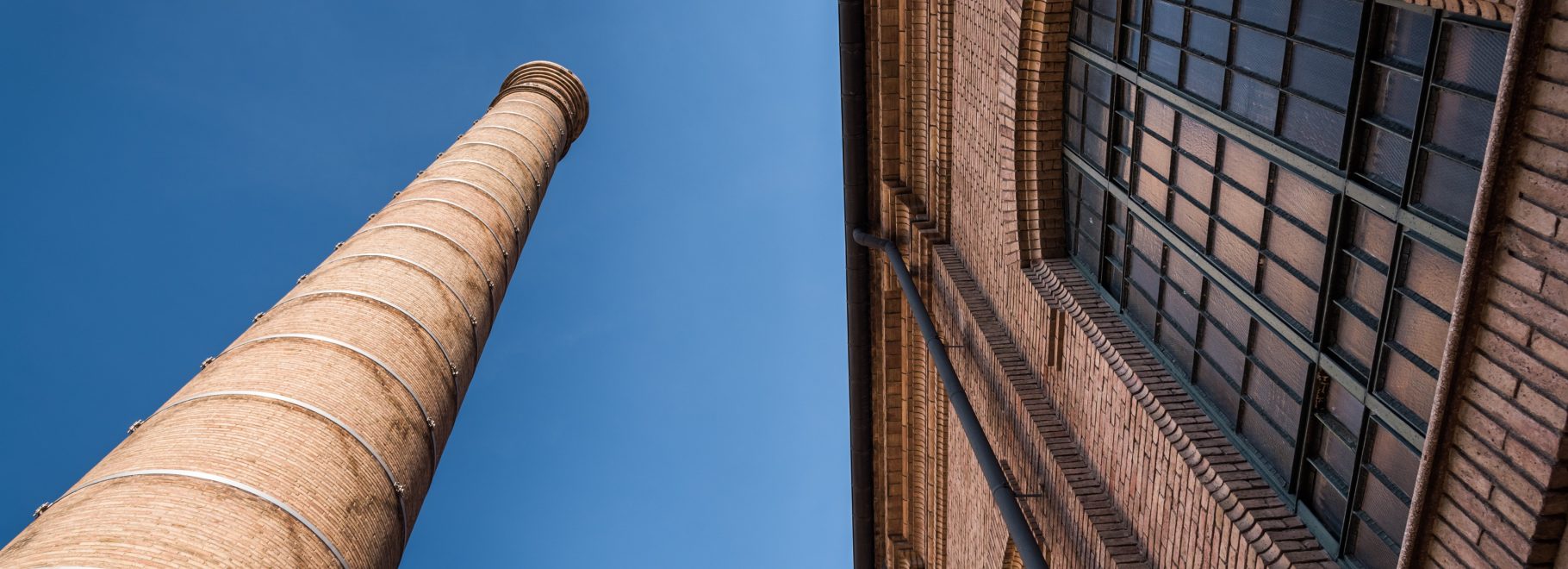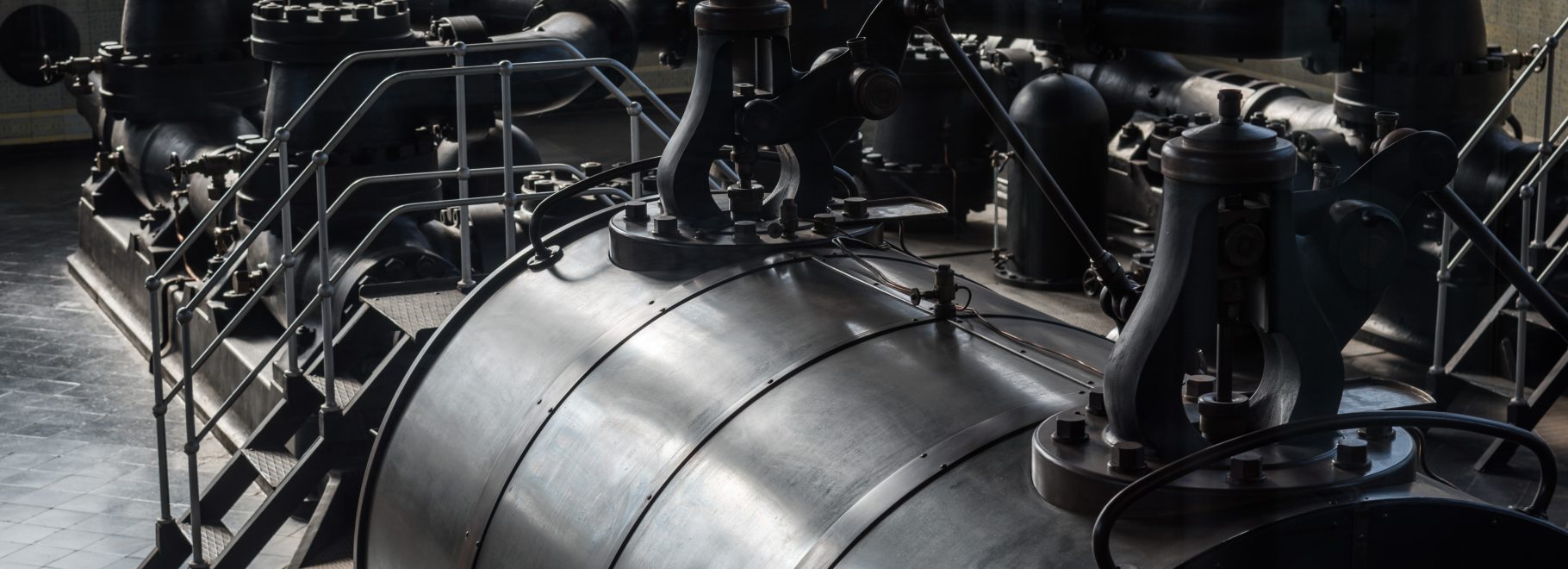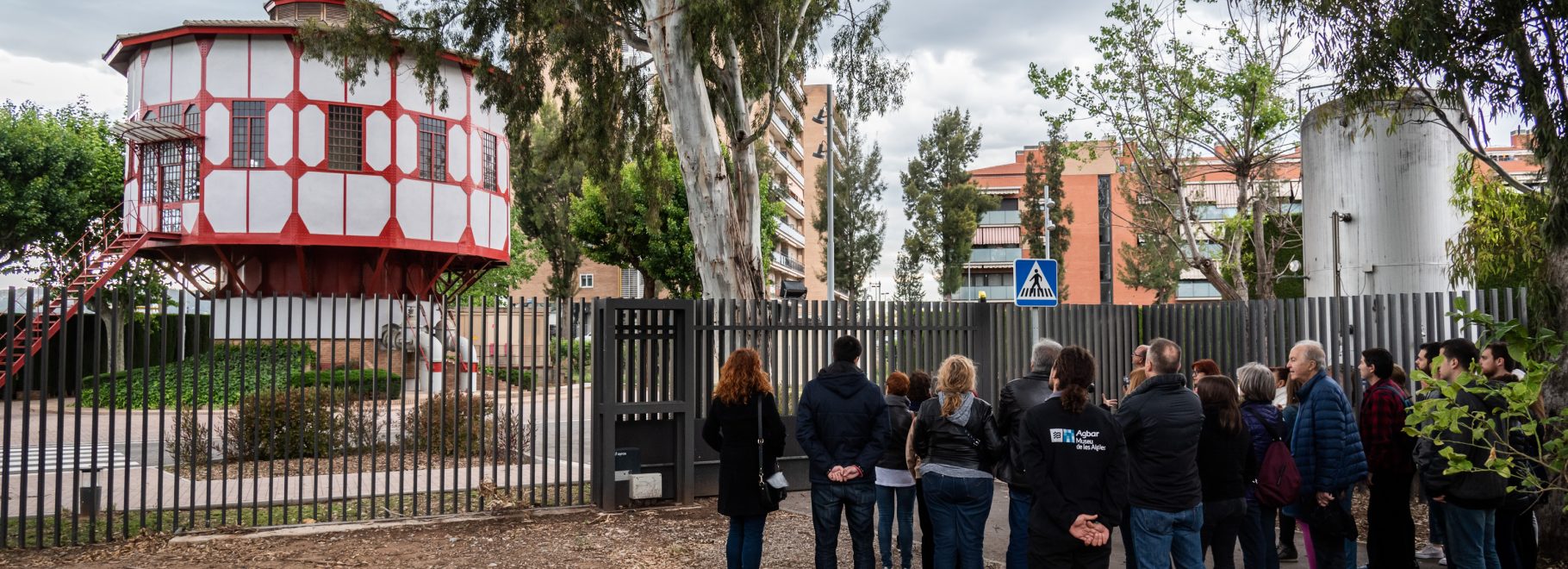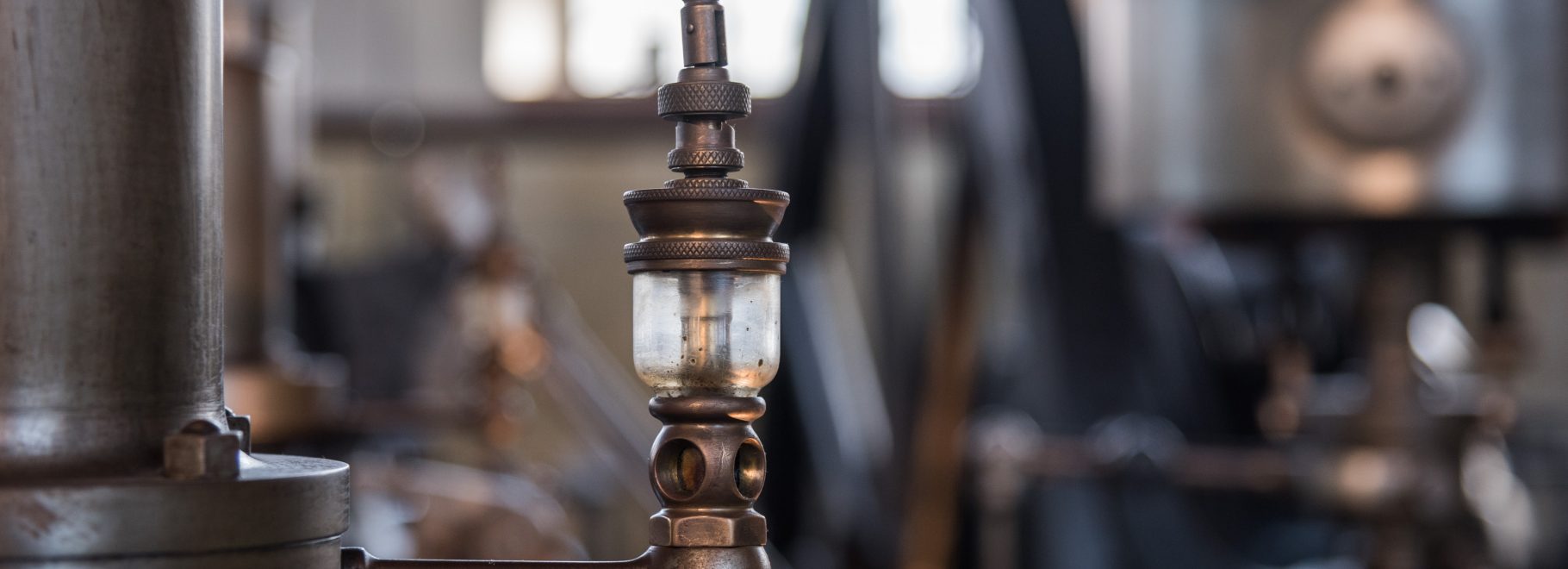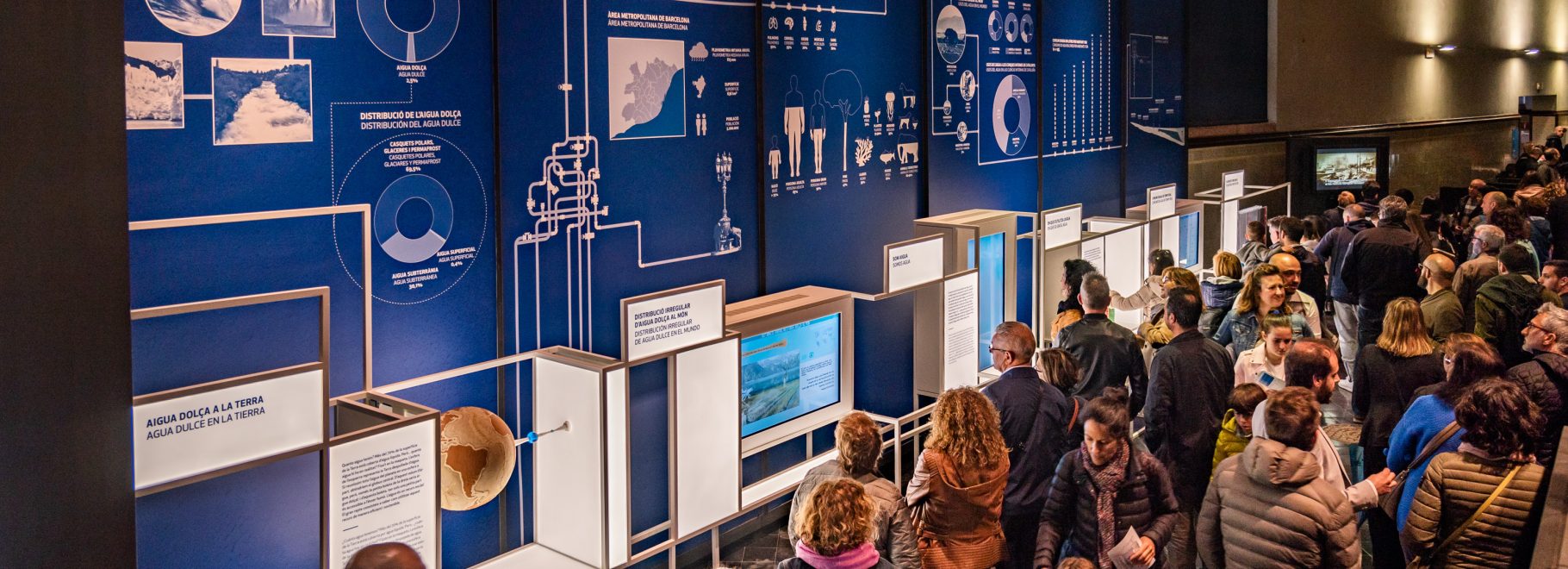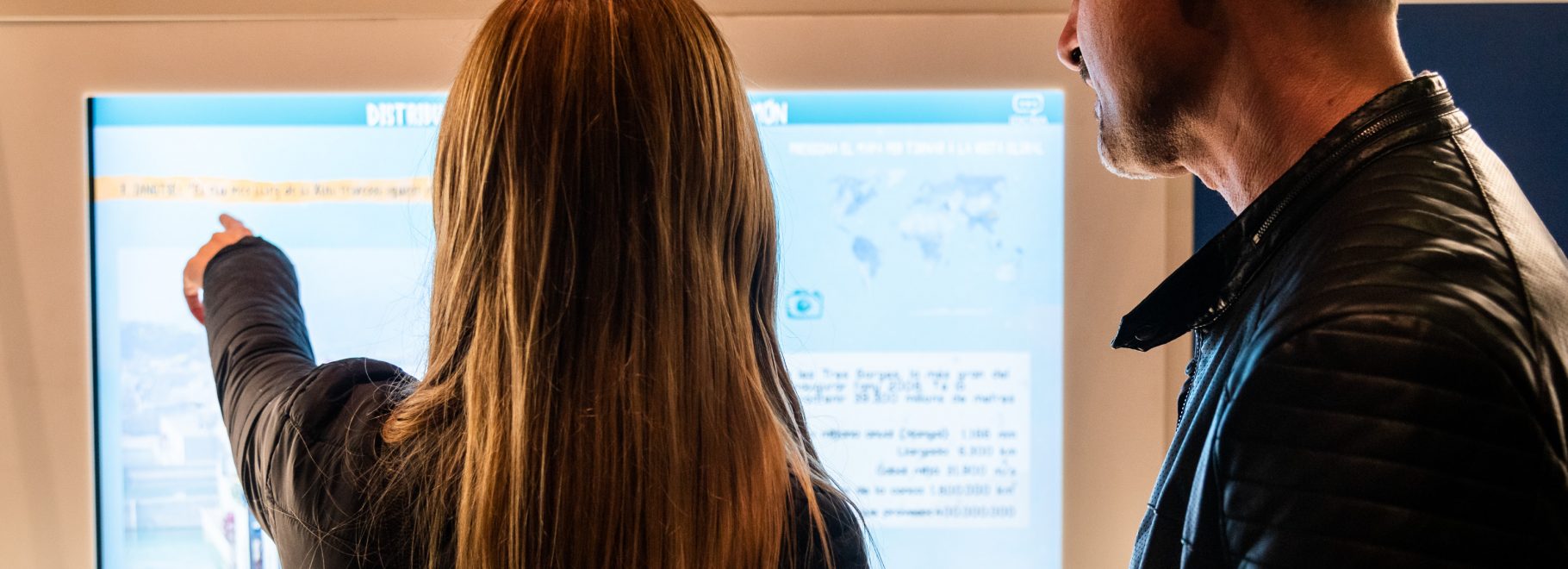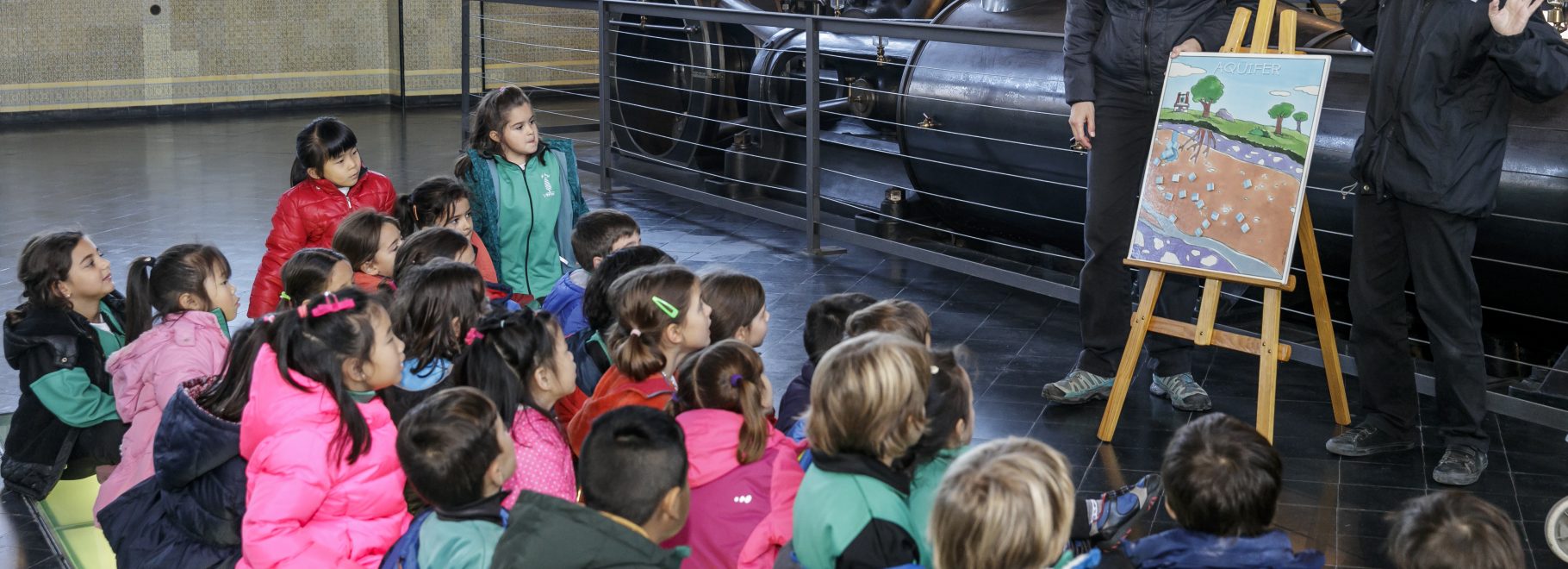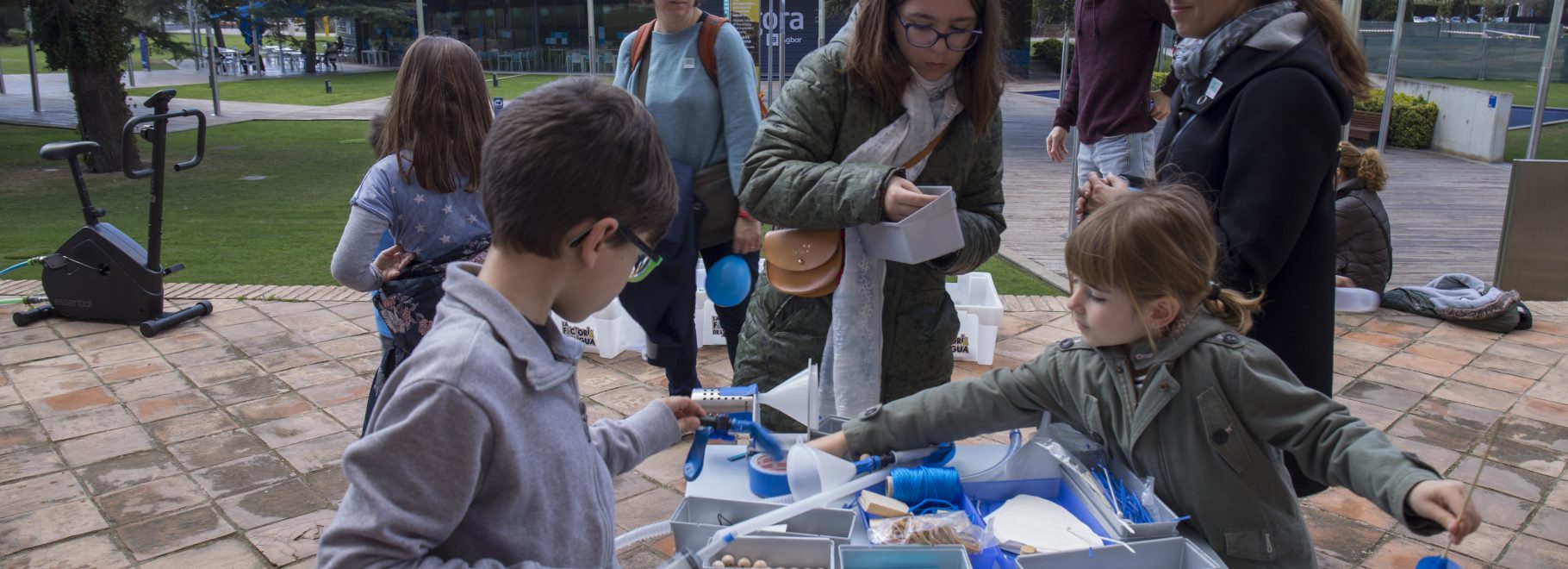The Museu de les Aigües was opened in the Central Cornellà in 2004, a water catchment plant in the Llobregat aquifer and pumping it into the metropolitan area of Barcelona. The building was designed by modernist architect Josep Amargós i Samarach in 1905 and entered into operation in 1909. It consists of three naves: the Boiler Room, the Electricity Room and the Machine Room, where the original machinery is retained. Central Cornellà continues to make the same function today, capturing water and pumping it.
The Permanent exhibition
The exhibition is a sample of the technologies they have made and make it possible for water to reach the metropolitan area of Barcelona, making it possible to develop it. In an interactive way, the elements are also known to know how urban water cycle works.
The Garden
In the garden, you can see the wells that currently capture water from the Llobregat aquifer, which represents a great strategic water reserve for the metropolitan area of Barcelona. The most significant is Fives Lille, the first one built by Aigües de Barcelona at Central Cornellà. In the garden, you can also see elements of the autochthonous flora of the region, as well as fruit trees belonging to the Baix Llobregat agriculture.
In this space of the Museum you can also find the “Cascada Gaudí”, a reconstruction of a fountain designed by Antoni Gaudí at Casa Vicens in the Gracia district of Barcelona, is therefore a jewel of modernist architecture.
Agora
“Agora” is an old circular water tank built in 1954 and converted into a polyvalent space in 2004



